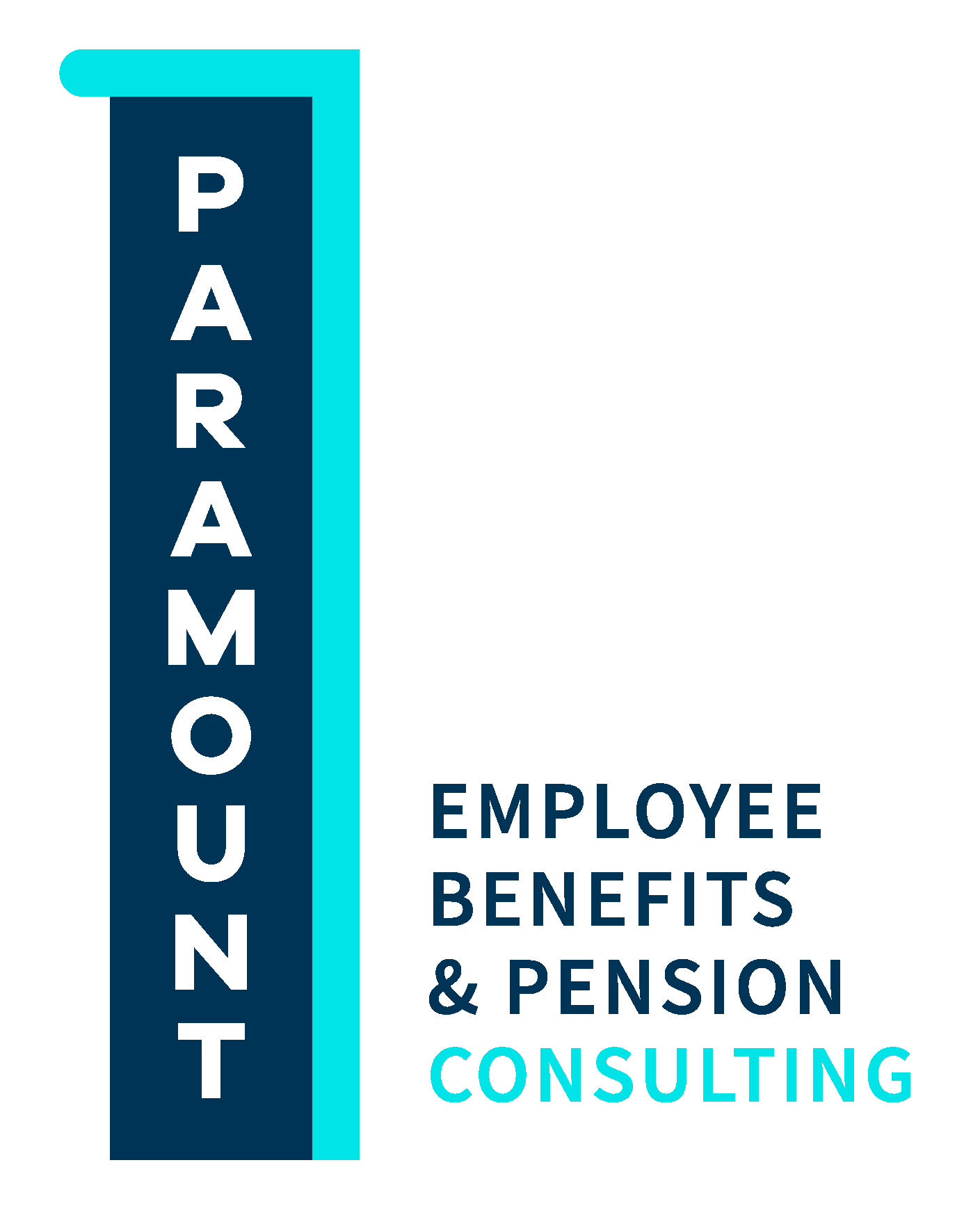
Employers are in uncharted waters today with respect to managing expectations in a post work from home world. Productivity, retention, recruitment, and the ability to build cohesive culture are all facing new challenges that emerged out of adaptations made during the spring of 2020 and have left lasting changes to the workplace.
In March, Royal Bank of Canada (RBC) instructed its employees to return to the office 3-4 days per week. Since then Silicon Valley is following suit. Google, Facebook, Twitter, and Amazon have all instituted similar policies, and faced significant backlash. Elon Musk went as far as to tell Tesla staff that a refusal to return to the office would be considered equal to a resignation.
Canada has struggled compared to the rest of the world in terms of seeing bodies back in their desks. According to the Toronto Sun office attendance in Toronto lags behind major cities in the United States, with downtown office buildings experiencing a 43% attendance rate, compared to the U.S. average of around 50%. Research conducted by Jones Lang Lasalle reveals that Europe and the Middle East have seen office attendance return to 70% to 90%, while Asia boasts even higher rates ranging from 80% to 110%.
A global study conducted by Unispace revealed that many Canadian employees are hesitant to return to the office full-time. While half of the respondents reported being in the workplace four or more days a week, only 31% expressed a preference for regular office attendance. One poll indicated that 70% of Canadian workers feel they are as or more productive working from home. With 56% indicating work from home provides improved mental health.
What does this mean for Canadian employers moving forward? Within the last few weeks there was a Labor Tribunal ruling in Montreal regarding an employee’s refusal to return to work and whether or not it was an offense worthy of termination. The Tribunal concluded that the act was insubordination, but not serious enough to override the principle of progressive discipline. This suggests that North of the border, an Elon-style return to work decree might not hold up in court.
Employers are going to need to make their own decisions as to how to navigate the evolution of workplace expectations, not just to continue running profitable businesses but to recognize the realities that come with presenting as an employer of choice in a competitive hiring marketplace.
Some considerations for how employee benefits might fit into a strategy that is consistent with whichever way your organization is leaning. Companies fully embracing decentralized workplaces, and work from home may want to align their programs by including benefits that enable utilization from home. One great example are tele-medicine benefits, where employees can access healthcare virtually. One such provider of these services is Dialogue. Dialogue offers a full-suite of mental health services and tools, as well as virtual support from a range of medical professionals. In addition to the ability to access a physician from home, the Dialogue app includes virtual access to Employee and Family Assistance Programs (EFAP) which offers access to a variety of mental health service providers including psychologists, therapists, and trauma counsellors. It also offers wellness tools, including programs for meditation, stretching, and mental well-being and cognitive behavioral therapy (CBT).
For employers leaning more towards enticing team members back to the routine of coming to the office. Things like lunch & learns or on-site massage therapy might be examples of additional carrots to create incentive to come in. Manulife offers an interesting program called Vitality, where staff can get all be issued fitbits to track physical activity and inspire fitness in the workplace. A Vitality program can be tailored so that certain levels of activity triggers different rewards. It might be a great way to introduce something fun into the workplace that creates a reason and some potential incentives for coming into work. One client of mine recently started offering weekly yoga on-site.
At the end of the day, as conditions in the workplace continue to evolve, employers will need to reconsider how their total compensation aligns with building their vision of an engaged and loyal workforce. Many benefit plans have remained unchanged for more than 10 years. Things have changed a lot, and it might be time to review whether or not your benefits are still aligned with your corporate vision.
Resources
https://toronto.citynews.ca/2023/05/25/hybrid-work-remote-office-canada-study/
https://fortune.com/2023/03/24/return-to-office-elon-musk-twitter-tesla-layoffs/
